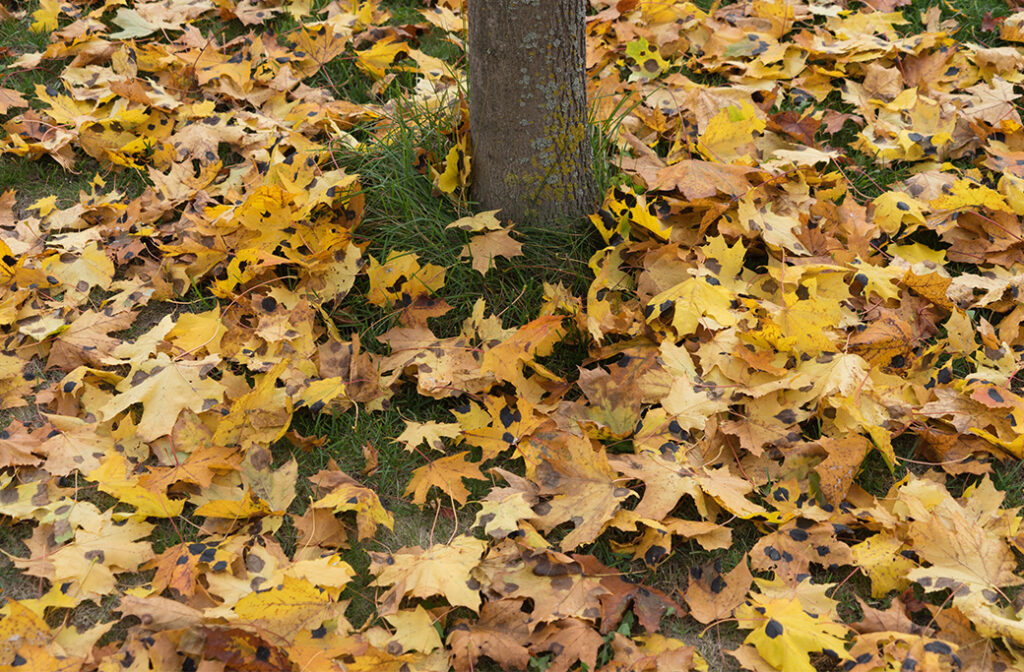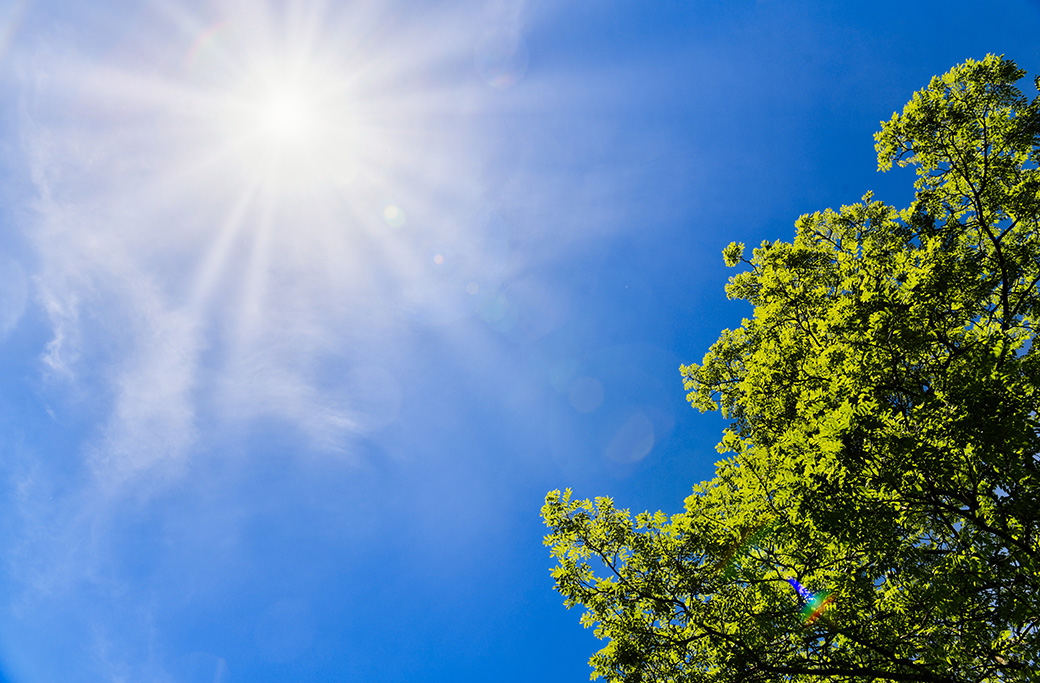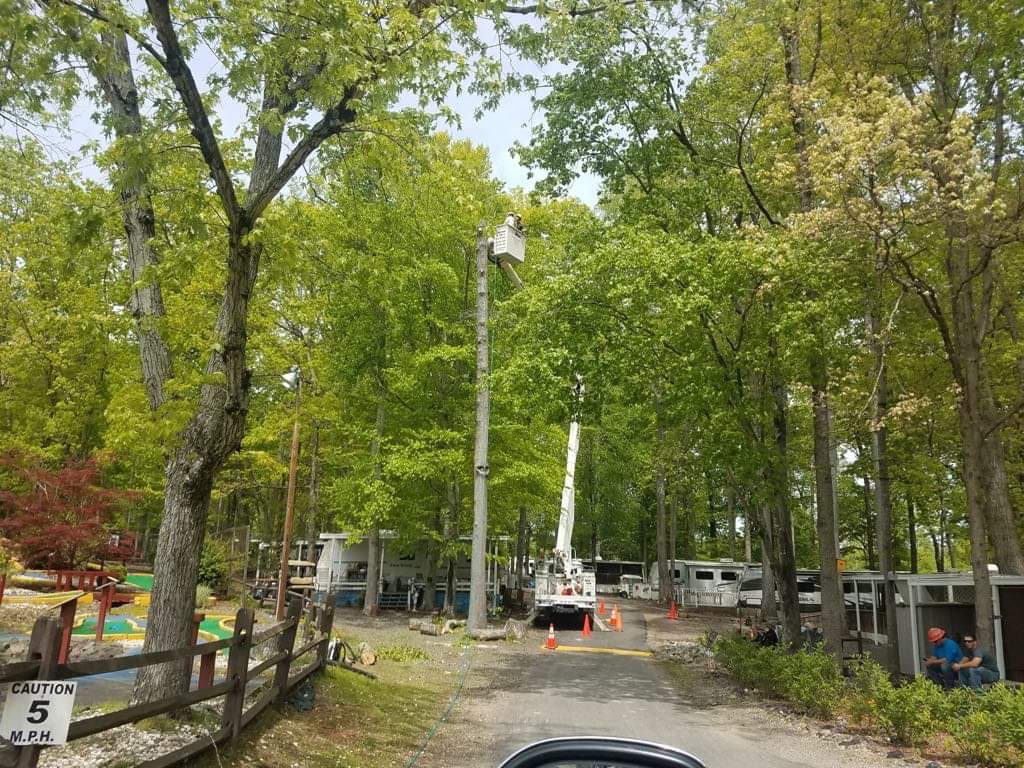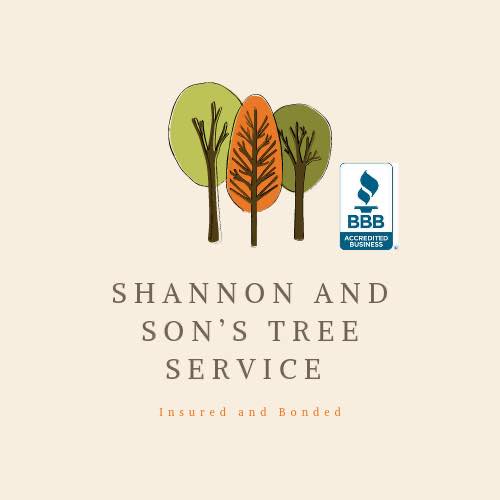Summer heat can be brutal—not just for us, but for our trees too. When temperatures soar and rainfall becomes scarce, even the most established trees in your landscape can struggle to survive. Heat stress affects trees differently than drought stress, and recognizing the warning signs early can mean the difference between a thriving tree and one that doesn’t make it through the season.
At Shannon & Sons Tree Service, we’ve seen firsthand how prolonged heat and dry conditions can devastate otherwise healthy trees across the Winston-Salem and Triad areas. The good news? With proper identification and treatment, most heat-stressed trees can recover and continue to flourish. Let’s explore what heat stress looks like and how you can protect your valuable landscape investment.
What Is Heat Stress in Trees?
Heat stress occurs when trees cannot adequately cool themselves through their natural processes. Unlike drought stress, which stems purely from lack of water, heat stress results from a combination of factors: extreme temperatures, insufficient rainfall, compacted soil, and reduced air circulation around the tree.
Trees naturally cool themselves through transpiration—releasing water vapor through their leaves, much like how we sweat. When temperatures climb too high or soil moisture drops too low, this cooling system breaks down. The tree’s energy gets redirected from growth and maintenance to basic survival.
Certain trees face higher risk than others. Newly planted trees haven’t developed extensive root systems yet, making them particularly vulnerable. Shallow-rooted species like maples and birches struggle more than deep-rooted oaks. Urban trees face additional challenges from reflected heat off pavement, limited soil space, and restricted airflow.
Common Signs of Heat Stress in Trees

Maple tree leaves showing black spots caused by summer heat stress.
Recognizing heat stress early gives your trees the best chance of recovery. Watch for these telltale symptoms throughout the hottest months:
Wilting or Curling Leaves
The most obvious sign appears in the foliage. Leaves may droop, curl inward, or appear wilted during the hottest parts of the day. You might notice they perk up slightly overnight when temperatures drop, only to show stress again the next day. This cycle indicates the tree is struggling to maintain adequate moisture levels.
Scorched or Burnt-Looking Leaves
Leaf scorch creates brown, crispy edges or blotchy dead areas on leaves. This condition, often mistaken for disease, occurs when the tree cannot supply enough water to replace what’s lost through transpiration. The leaf tissue essentially “burns” from dehydration.
Premature Leaf Drop
Trees shed leaves earlier than normal to conserve moisture and reduce the surface area losing water. Both deciduous and evergreen species exhibit this behavior. While alarming to witness, strategic leaf dropping can actually help the tree survive extreme conditions.
Stunted Growth or Sparse Canopy
Heat-stressed trees focus energy on survival rather than growth. New growth may be minimal or completely absent. The overall canopy might appear thin, uneven, or less dense than previous years. Branch tips may die back, creating a sparse, unhealthy appearance.
Cracking or Scorched Bark
Bark damage often affects younger trees or those with thin bark. Rapid moisture loss causes bark to split or crack, while direct sun exposure can create sunscald—areas where bark appears burned or discolored. These wounds create entry points for insects and diseases, compounding the tree’s stress.
How to Mitigate and Treat Heat Stress
Once you’ve identified heat stress, prompt action can help your trees recover and prevent long-term damage.
Deep, Slow Watering
Proper watering technique makes all the difference. Water at the root zone early in the morning or late in the evening when evaporation rates are lowest. Provide deep, slow soaking once or twice weekly rather than frequent shallow watering. This encourages deep root development and ensures water reaches the entire root system.
Soaker hoses or drip irrigation systems deliver water efficiently without waste. Apply water slowly over several hours, allowing it to penetrate deeply into the soil rather than running off the surface.
Mulching
Apply a 2-4 inch layer of organic mulch around the tree’s base, extending out to the drip line when possible. Wood chips, shredded bark, or leaf compost work well. Mulch retains soil moisture, regulates soil temperature, and suppresses competing weeds.
Keep mulch several inches away from the trunk to prevent moisture buildup against the bark, which can lead to rot or pest problems.
Shade Protection for Young Trees
Young or recently planted trees benefit from temporary shade during extreme heat waves. Shade cloth, burlap screens, or temporary barriers can protect vulnerable bark and reduce water loss through transpiration. Position shade structures on the south and west sides where sun exposure is most intense.
Pruning Wisely
Resist the urge to heavily prune heat-stressed trees during summer. While removing dead or damaged branches is beneficial, extensive pruning during hot weather creates additional stress. Each cut represents a wound the tree must heal, requiring energy the tree needs for survival.
Save major pruning for late fall or early spring when trees are dormant and can better handle the stress of major limb removal.
Professional Assessment and Care
Heat stress often reveals underlying issues like compacted soil, nutrient deficiencies, or root problems. Shannon & Sons Tree Service can assess your trees’ overall health and identify contributing factors. We may recommend soil testing, aeration, targeted fertilization, or specialized treatment plans based on your specific landscape needs.
When to Call Shannon & Sons Tree Service
Some situations require professional intervention. Contact us immediately if you notice severe leaf loss, extensive bark cracking, or signs of secondary pest or disease problems. Our team can provide emergency care for severely stressed trees and develop long-term care strategies to prevent future problems.
We offer comprehensive heat stress treatment including professional watering systems, soil amendments, mulching services, and ongoing monitoring. Our arborists understand how different tree species respond to heat stress and can customize treatment plans for your specific landscape.
Identifying and Treating Heat Stress in Trees
Heat stress prevention starts well before summer arrives. Healthy trees with strong root systems and proper care withstand heat better than stressed or poorly maintained ones. Regular watering, appropriate fertilization, and annual health assessments help build tree resilience.
Remember that trees are long-term investments in your property’s value and environmental quality. The time and effort you invest in heat stress prevention and treatment pays dividends in healthier, more beautiful trees that better withstand future challenges.
Don’t wait until heat stress becomes severe. Contact Shannon & Sons Tree Service today at 1.336.244.2633 to schedule a comprehensive tree health evaluation. Our team serves the Winston-Salem and Triad areas with professional tree care solutions designed to keep your landscape thriving through every season.



